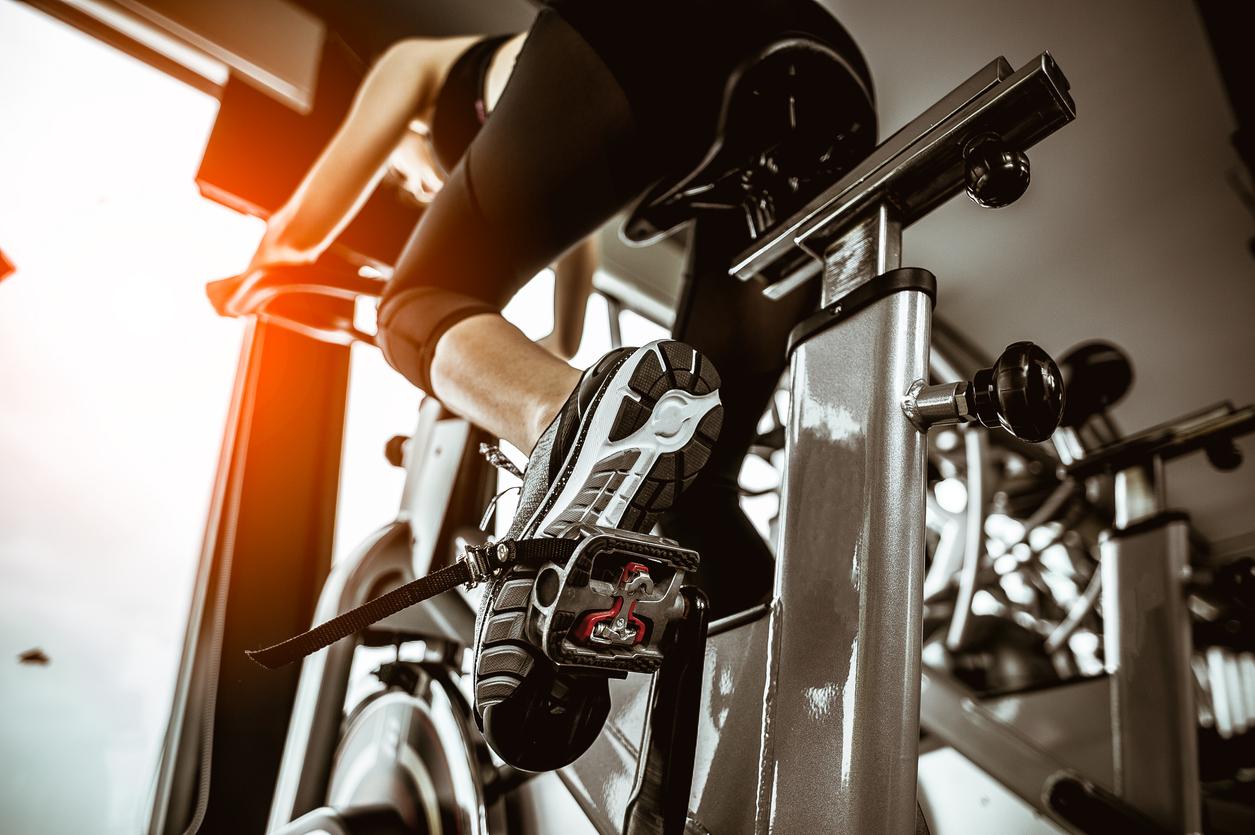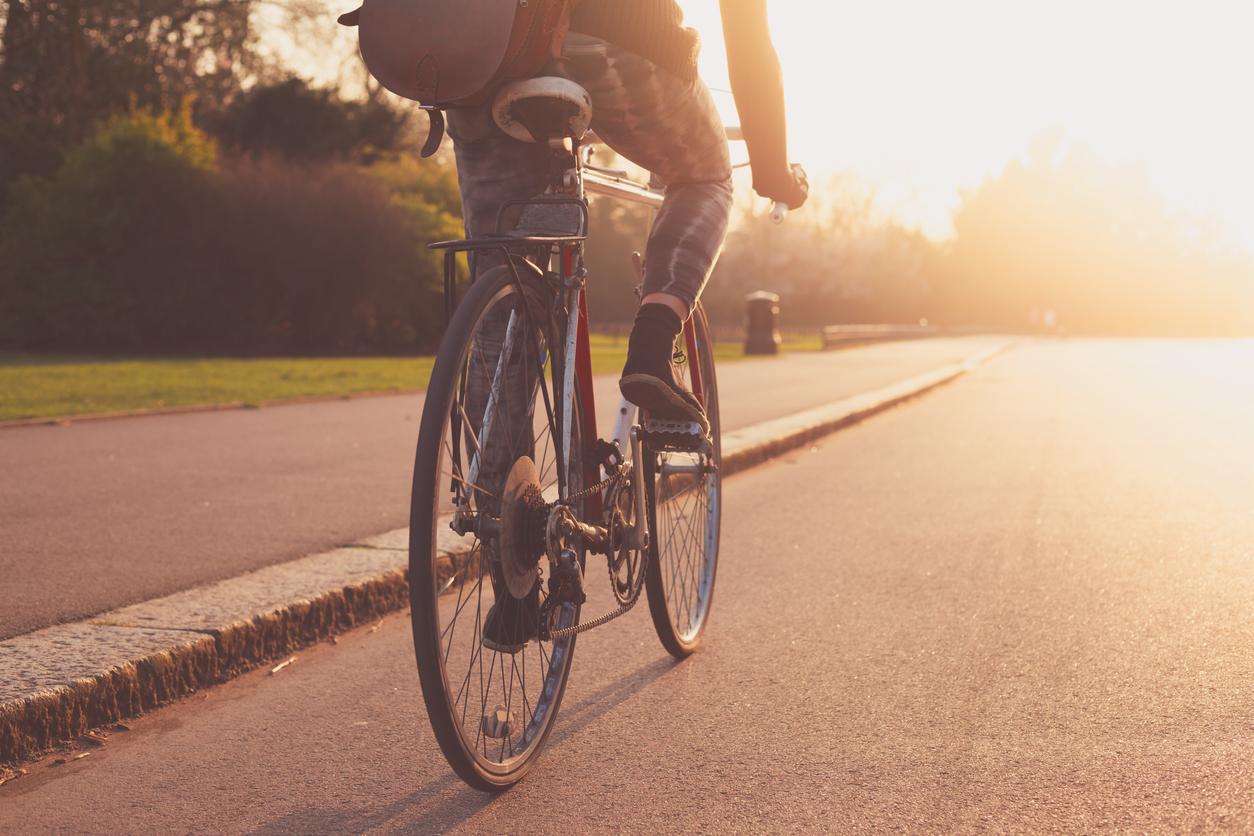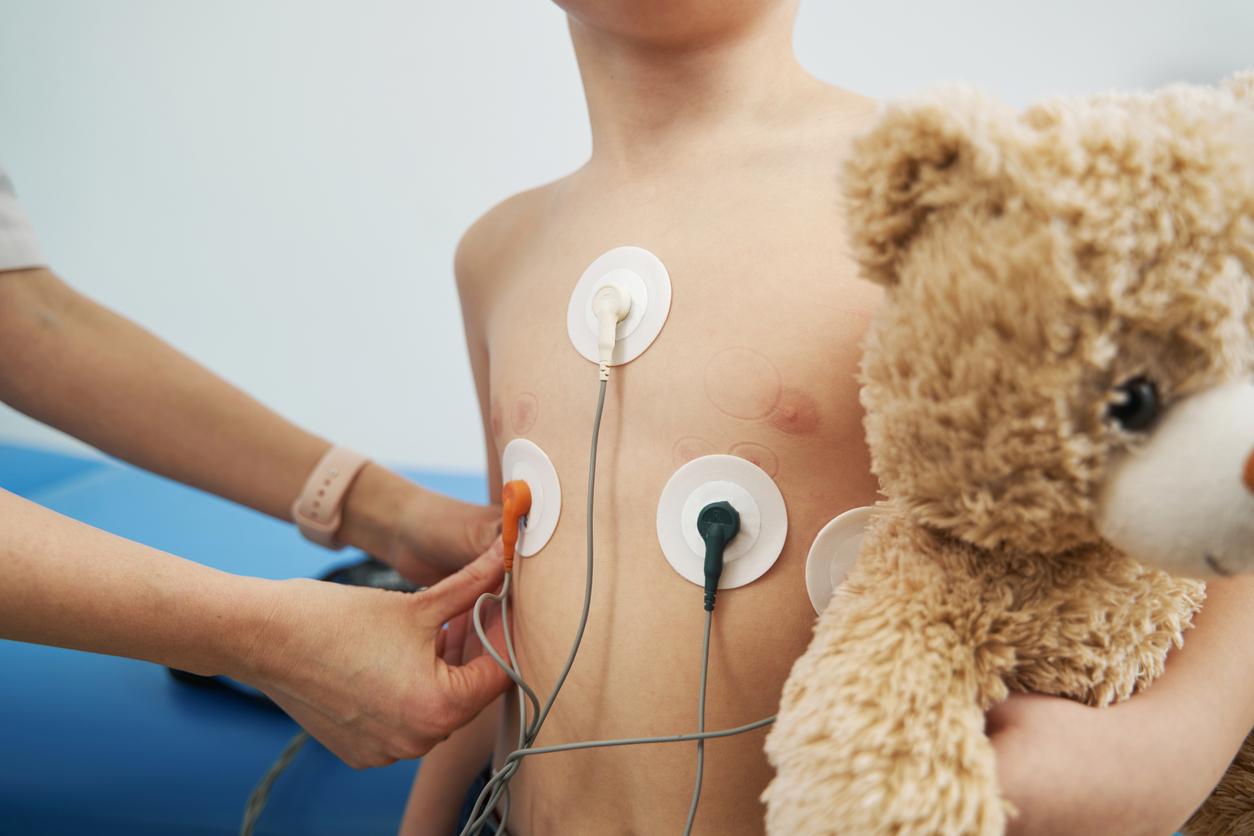Every weekend during the summer, Why Doctor offers you an episode of a series of medical stories based on clinical cases. This story tells of the vacation of a family who decides to go to the countryside. The father, a cycling enthusiast, particularly enjoys going for walks in the open air. However, an unexpected accident occurs when he falls and injures his head.

Once upon a time, there was an enthusiastic family who decided to go on vacation to the countryside. Marc, the father, was a passionate cyclist, and he never missed the opportunity to go out when he was on vacation. His wife, Claire, and their son, Hugo, often joined him for outdoor walks.
One sunny morning, the family decided to go on an excursion through the beautiful landscapes of the countryside. They got on their bikes and began their adventure with enthusiasm. Marc was leading, closely followed by Claire and Hugo. The ride was going wonderfully. The gentle wind caressed their faces and the green fields stretched as far as the eye could see. They were laughing and enjoying the moment, creating precious memories.
Loss of balance and falling head first
However, at a sudden turn in the road, Marc lost his balance and fell off his bike. He unfortunately landed head first on the ground. Claire and Hugo, who were behind him, immediately stopped and ran towards him, worried.
Marc was stunned and felt a sharp pain in his head. Claire knelt next to him, trying to assess the severity of the injury. She noticed a cut on his forehead, which was bleeding slightly. Concerned, she decided not to move him and to ask for help. Claire used her cell phone to call for help, telling them where they were. Meanwhile, Hugo stayed with his father, trying to reassure him as best he could.
No sign of concussion or fracture
Emergency services quickly arrived on the scene and assessed the situation. They gave Marc first aid, cleaned his wound and applied a bandage to stop the bleeding. They also made sure there were no signs of a more serious concussion.
After stabilizing the situation, paramedics decided it was best to take Marc to the hospital for further evaluation. Claire and Hugo accompanied them in the ambulance, full of worry but relieved to know that Marc would receive the necessary care.
At the hospital, Marc was examined by a doctor. X-rays were taken to check for a skull fracture or other internal injuries. Fortunately, the results showed that there was no fracture, just a superficial injury requiring care and monitoring.
A night in the hospital
Marc spent the night in the hospital to make sure he recovered properly. Claire and Hugo stayed by his side, bringing him comfort and reminding him how much he was loved.
After a few days of rest and treatment in the hospital, Marc was allowed to return home. Although his head injury was a frightening experience, he was grateful to have been well cared for and supported by his family. This story reminds us of the importance of caution during physical activities, especially when it comes to risky sports.
The doctor’s debrief
Falls from a bicycle can sometimes result in serious injuries.
The severity of injuries depends on several factors, including the speed at which the fall occurred, the surface of the impact, the position of the body during the fall, and whether or not the cyclist was wearing adequate protective equipment.
Here are some examples of serious injuries that can occur when falling while cycling:
Bone fractures : A violent fall can cause fractures, particularly to the arms, wrists, legs or collarbones. These fractures may require medical intervention, such as reduction or cast immobilization.
Head injuries : The head is particularly vulnerable during a fall while cycling. Without a proper bicycle helmet, a head injury can lead to a concussion, skull fracture, or more serious brain damage. These injuries can have long-term health consequences and require immediate medical attention.
Facial injuries : A fall while cycling can result in cuts, bruises or lacerations to the face. In severe cases, this may require stitches or reconstructive surgery.
Back and spine injuries : During a violent fall, it is possible to sustain injuries to the spine or spinal discs. These injuries can have serious consequences, including nerve damage and partial or total paralysis.
Internal injuries : In some cases, falling while cycling can cause internal injuries, such as damaged organs or internal bleeding. These injuries may require emergency surgery.
How do you know if a fall is serious?
It can be difficult to immediately determine the severity of a fall because it depends on many factors, such as the height of the fall, the angle of impact, the parts of the body affected, and the person’s general health. However, here are some signs that may indicate that a fall is serious and requires immediate medical attention:
. Loss of consciousness : If the person loses consciousness, even briefly, after a fall, this is a sign of seriousness and it is important to call for help immediately.
. Severe pain : If the person feels severe pain, especially in the head, neck, back, bones or joints, this may indicate a serious injury requiring medical evaluation.
. Inability to move or get up : If the person is unable to move or put weight on a part of their body after a fall, this may indicate a serious injury, such as a fracture or spinal cord injury.
. Heavy bleeding : If the fall results in heavy bleeding that fails to subside despite the application of pressure, it is recommended to consult a healthcare professional.
. Abnormal swelling: Large, rapid swelling in a joint or body part after a fall can indicate a serious injury, such as a sprain or fracture.
. Changes in consciousness or behavior : If the person has symptoms such as problems with vision, speech, balance, memory or changes in behavior after a fall, it may be a sign of head trauma or injury. ‘another serious injury.
If in doubt about the severity of a fall, it is best to consult a healthcare professional. They will be able to assess the situation, carry out additional tests if necessary (such as x-rays or scans), and recommend the appropriate treatment. It is best not to take risks and seek medical evaluation when signs of seriousness are present.
Cycling, a benchmark physical activity
This unfortunate story of a fall should not make it public that cycling is considered a benchmark physical activity because of its numerous health benefits.
Here are some reasons why cycling is often recommended as a beneficial physical activity:
– Cardiovascular activity : Cycling is an excellent activity for the cardiovascular system. Cycling regularly strengthens the heart, improves blood circulation and increases cardiorespiratory endurance.
– Muscle strengthening : Cycling uses many muscles in the body, particularly the muscles of the legs, glutes and abdominals. Cycling regularly can help strengthen and tone these muscles.
– Low impact : Compared to other activities like running, cycling puts less pressure on the joints, reducing the risk of injury or trauma. It is therefore suitable for a wide range of people, including those with joint problems or previous injuries.
– Weight loss and weight management : Cycling can be a great way to burn calories and promote weight loss. Cycling regularly can also help maintain a healthy weight and improve metabolism.
– Improved coordination and balance : Regular cycling requires coordination between the movements of the legs, upper body and balance. This can help improve motor coordination and balance, as well as strengthen stabilizing muscles.
– Stress reduction : Cycling is an activity that can help reduce stress and promote relaxation. Cycling outdoors also provides an opportunity to connect with nature, which can have positive effects on mental and emotional well-being.
It is important to emphasize that cycling must be adapted to each person according to their level of physical condition and abilities. It is recommended to consult a healthcare professional or qualified trainer for specific advice and appropriate training recommendations. In addition, it is essential to wear a helmet and respect road safety rules when cycling outdoors.
Beyond leisure, a means of transport that preserves the environment
The bicycle is increasingly considered as an essential means of transport in daily life, in particular to contribute to reducing fuel consumption and reducing greenhouse gas emissions. Here are some reasons why cycling can play an important role in the transition to more sustainable mobility:
. Ecological : Unlike motorized vehicles, cycling does not produce polluting emissions or greenhouse gases. By opting for cycling as a means of transport, individuals contribute to reducing their carbon footprint and preserving the environment.
. Economic : The bicycle is an economical means of transport. Unlike cars or public transport, the costs associated with purchase, maintenance and fuel are significantly lower. The bicycle offers an affordable and economical alternative for daily travel.
. health and wellbeing : Cycling is a physical activity that promotes health and well-being. By choosing cycling as a means of transportation, individuals naturally integrate regular physical activity into their daily routine, which can have beneficial effects on their physical fitness, cardiovascular health and mental well-being.
. Time saving : In many cases, cycling can be faster than traditional means of transportation, especially in urban areas with heavy traffic. Cyclists can often avoid traffic jams, parking problems, and transit delays.
. Accessibility : Cycling is a means of transportation accessible to everyone, regardless of age, fitness level or socio-economic status. It offers greater autonomy and flexibility in relation to schedules and routes.
. Quality of life : Cycling promotes a more active and engaged approach to daily life. It allows you to discover your environment, enjoy the landscape, interact with the local community and feel more connected to your environment.















